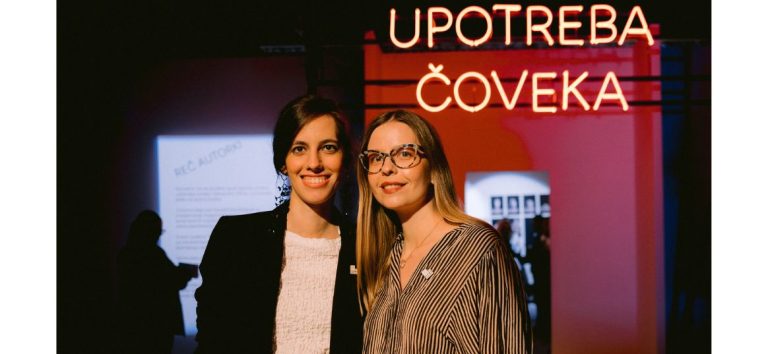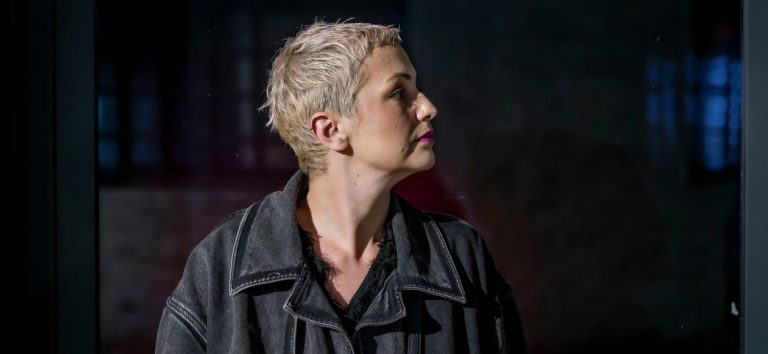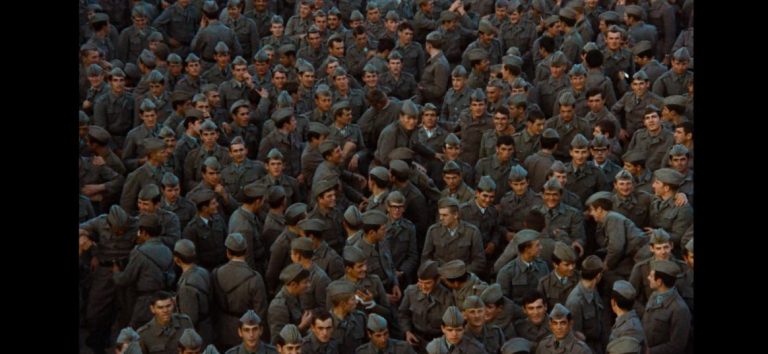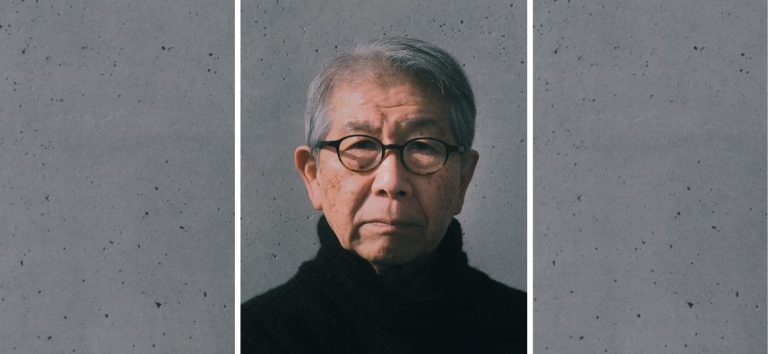The creative duo Maria and Roman Chekmarev from the Momo Pottery, opened their studio doors in the SKUP premises in the District, giving visitors the opportunity to get to know their work and learn more about the workshops they offer. Ceramics, as a field of applied art, provides countless possibilities of expression, and Roman and Maria are recognizable for their modern creations intended for everyday use. Momo Pottery is a member of the Association of Collective Art Practice (SKUP), an association to which Atelje 61ceded part of its space in the District.
We talked with them about the creative possibilities offered by ceramics, inspiration, as well as about the workshops they hold in the District. If you would like to meet them in person, you can visit the Open Doors, which are held once a week in the SKUP premises.
How did the story of the Momo Pottery brand come about and has the interest in ceramics always existed?
We started working with ceramics in 2014, but before that, we were engaged in completely different activities. We had a small vegetarian café, and a backpack store, and Roman also worked as an event curator at a creative centre in our native Rostov-on-Don. All our previous businesses were located in the same location, which was a multifunctional cultural centre, bringing together artistic and social practices, creative businesses such as graffiti shops and street art, and a small alternative cinema. At that point, we realized that it is not important which discipline you choose, but that you devote yourself to your own interests and preferences. We also understood that the processes of growth and overcoming difficulties in any discipline require the same dedication. After selling our business, we had the opportunity not to work for a while and try to find ourselves. After reading the article about Eric Landon, a potter from Copenhagen, we decided on ceramics, inspired by the idea that devoting oneself to a craft changes one’s lifestyle.
Ceramics has become something between business practice and personal art for us, creating a new lifestyle without excessive financial responsibility. We bought basic equipment and started the process of self-education through books and YouTube, since there were no masters in our town to teach us live. After mastering the basic skills, we started running courses and sharing our knowledge. Over time, we focused on the production of our own ceramics and sale via the Internet and trade fairs, with a special emphasis on orders from restaurants. By moving to Serbia, we decided to produce small, limited series of ceramics.
Making ceramic objects requires precision, skill and knowledge. How do you manage to combine these elements and create objects that are both functional and aesthetically appealing? How challenging is it to work on the wheel, paint and fire the ceramics, and how do you come up with inspiration for new colours and patterns?
When we look at our first works, they often seem ridiculous to us, but we have realized that continuous practice is the key to progress both technically and creatively. Working on the potter’s wheel itself requires skill, but also intensive practice. Ceramic firing, apart from alternative methods such as gas or wood kilns, has become simpler today. Modern computer controlled ovens are safe and easy to use. The inspiration for our works originally came from other ceramists, but over time the process became more and more personal. Now we share our inner experiences, ideas, passions and visions, or simply visual concepts that suit ourselves.
Your workshops and courses in the District provide an opportunity for those interested to venture into the world of ceramics. Who can apply for these activities and is previous experience required?
You can come with no experience to a one-day master workshop to try it out and see if you are interested in ceramics. If you like it, you can opt for training. It doesn’t have to be just about working on the potter’s wheel, but also about manual techniques. After that, you can continue your internship in our co-working space for ceramicists in the centre of Novi Sad. The space is available 24/7 and is equipped with everything you need, including workspace and materials.
The items you make most often are used in the kitchen, but you also make ornaments, jewellery, and figurines. To what extent ceramics gives you the opportunity to experiment?
We started with the production of utilitarian ceramics and tableware. We dedicated ourselves to functionality, understanding the restaurant’s need for durable, wear-resistant tableware. At the same time, we experimented with small sculptures and forms, participating in exhibitions. We came to the conclusion that we can move away from the strict categories of commercial or artistic ceramics, we can be flexible, and over time this can change in different directions depending on our needs and interests.
Since you make and paint it all by hand, are there times when you’re not happy with how something turned out, or you get creatively blocked?
Yes, there are moments of burnout or fatigue from the constant balance between financial needs and creative ambitions. When we align these aspects, creative and financial goals are more easily achieved. However, if we lean too much to one side, we can experience stagnation and problems in creativity. Accepting failure as part of learning and progress is important, although not always easy. About 10-30% of our products may have flaws or fail at first, but that is part of the learning process. Understanding these flaws and mistakes is important for our psychological development and improves our creative process.
What does dealing with this type of art give you the most?
Freedom as a way of life. The very process of making ceramic objects is pleasant and therapeutic for us. However, the production of ceramics can be challenging, as we often face defects that can make up from 10 to 30% of the total volume of the products.
You mentioned the therapeutic effect, so we assume that working with clay is really relaxing and calming. Is that one of the reasons why it has been so popular in recent years?
If used as an element of art therapy, working with clay helps to release mental tension and reduce pain (both mental and muscular). I once noticed a slogan: pottery is the new yoga, and it is partly true. Of course, it depends on what exactly you wish to achieve by working with clay.
What message do you want to convey through the creation of unique ceramics?
Simply through work, we show what we think or experience at a certain moment, what we achieve in the process. And through work, we find people with similar life perspectives and processes. Our studio is a personal brand and people don’t come to buy ceramics, because they can buy it cheaper elsewhere, they come to buy it from US.
Author: Marina Marić
Photo: Momo Pottery








